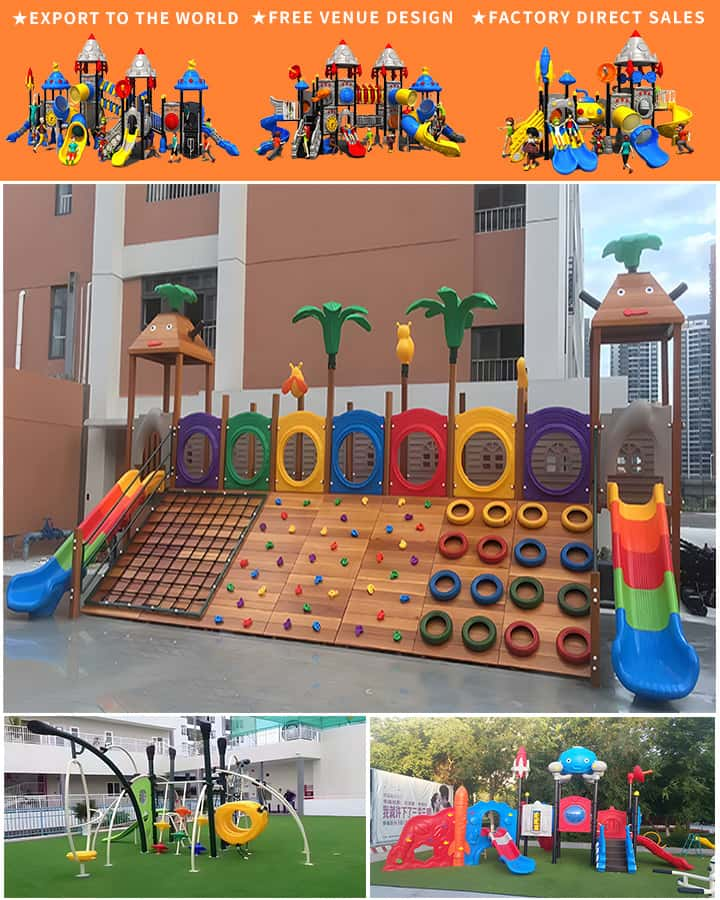Outdoor playgrounds are a haven for children, providing a space for physical activity, social interaction, and imaginative play. The safety and durability of playground flooring are paramount to ensuring a positive and secure environment for young adventurers. In the UK, a variety of outdoor playground flooring options cater to different needs, preferences, and budgets. This article explores some of the best materials available for creating safe and engaging playgrounds.
Rubber Playground Surfacing
One of the most popular choices in the UK is rubber playground surfacing. Available in wet pour, bonded rubber mulch, and loose-fill varieties, rubber offers excellent impact absorption, reducing the risk of injury from falls. Wet pour rubber is particularly favored for its seamless finish and ability to create vibrant, colorful designs that stimulate children’s imagination. Bonded rubber mulch provides a softer surface and is more eco-friendly, made from recycled tires, while loose-fill rubber requires regular maintenance to keep the area safe and clean.
Pros:
- High shock absorption
- Durable and long-lasting
- Available in various colors and patterns
- Eco-friendly options available
Cons:
- Can become hot in direct sunlight
- Wet pour can be expensive to install
- Loose-fill requires regular topping up
Artificial Grass
Artificial grass has gained traction as a versatile and low-maintenance option for playgrounds across the UK. It provides a soft, green surface that mimics natural grass without the need for watering, mowing, or pest control. Modern artificial grass systems often incorporate a padded underlay for added safety, making it suitable for areas with high foot traffic and heavy use.
Pros:

- Low maintenance
- All-weather surface
- Safe with proper underlay installation
- Aesthetically pleasing
Cons:
- Initial installation cost can be high
- May not offer as much cushioning as rubber
- Quality varies, with cheaper options potentially less durable
Wooden Decking and Composite Decking
Wooden decking creates a natural and warm aesthetic for playgrounds, blending well with outdoor environments. It can be installed with or without gaps, depending on safety requirements and desired appearance. Pressure-treated wood resists rot and insects, prolonging its lifespan. Alternatively, composite decking, made from recycled plastics and wood fibers, offers enhanced durability and resistance to weathering.
Pros:
- Natural look and feel (wooden)
- Durable and resistant to fading (composite)
- Non-slip surface when properly maintained
- Environmentally friendly (composite)
Cons:
- Requires regular maintenance (wood)
- Composite materials can be more expensive
- May become slippery when wet (both)
Poured Concrete with Safety Mats
Poured concrete is a robust and long-lasting option for playground foundations but can be hard and unyielding without additional safety measures. Incorporating safety mats or rubber tiles on top of the concrete creates a safer playing surface while maintaining the structural integrity of the base. These mats come in various thicknesses and textures to enhance grip.
Pros:
- Extremely durable and weather-resistant
- Customizable with different colors and patterns
- Provides a stable base for equipment installation
Cons:
- Hard surface requires safety enhancements
- Safety mats may need periodic replacement
- Installation process can disrupt the area for some time
Conclusion
Choosing the right outdoor playground flooring involves careful consideration of factors such as safety, maintenance, aesthetics, and budget. In the UK, options range from rubber surfacing and artificial grass to wooden decking and poured concrete with safety mats. Each material has its own set of advantages and drawbacks, making it crucial to assess the specific needs of the playground and its users. By selecting the most appropriate flooring solution, we can create inviting, secure spaces where children can learn, play, and grow safely.




